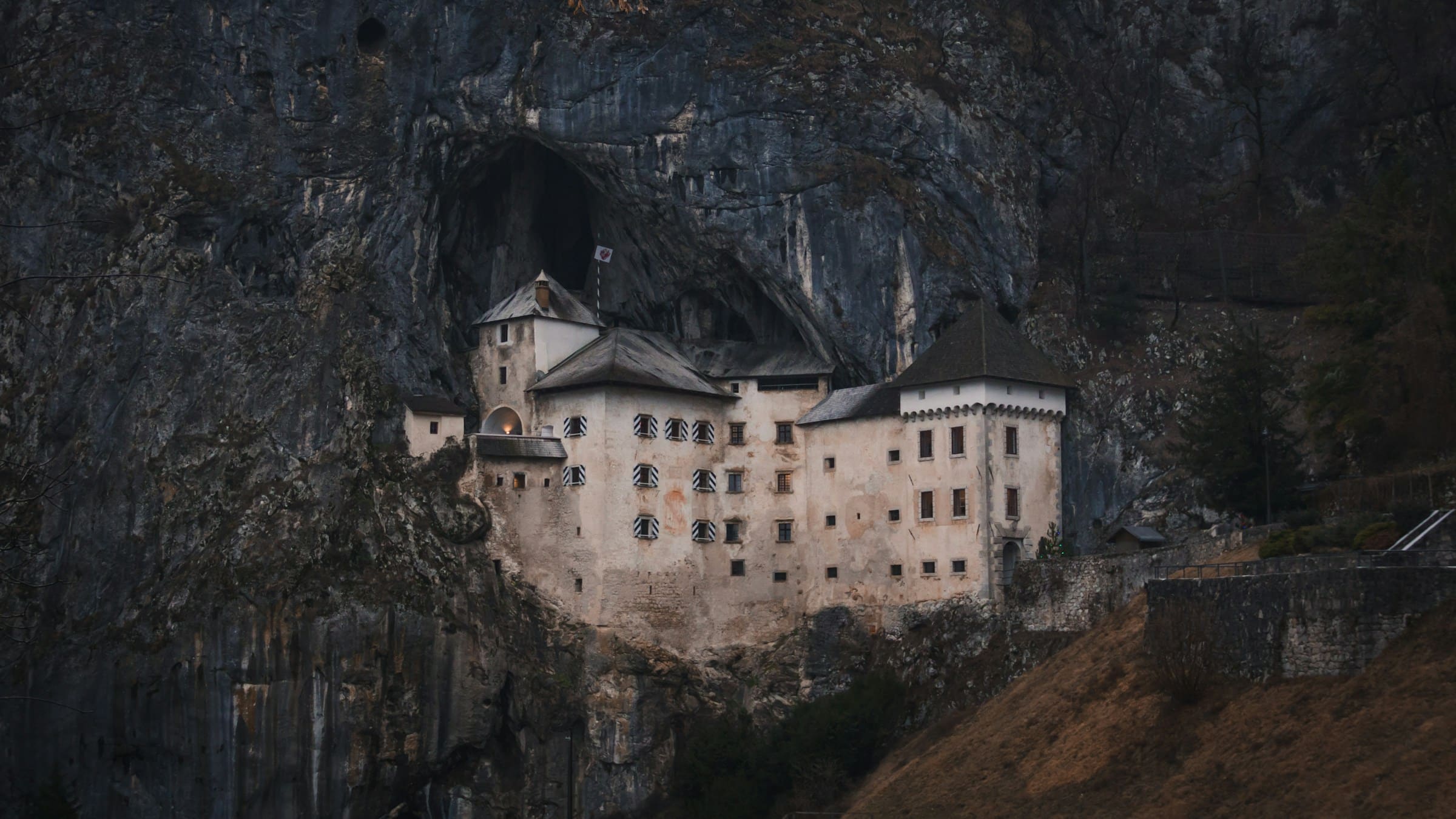Which historical sites in Leicester are linked to King Richard III?

Leicester, a city in the heart of England, rich in culture and history, is famously known as the resting place of King Richard III. His dramatic story is deeply embedded in the city's past, with various landmarks and sites holding significant connections to the King's life, death, and subsequent rediscovery. As you explore these historical sites, you will embark on a fascinating journey through time, uncovering the extraordinary tale of a king lost and found.
Richard III's Connection to Leicester
King Richard III, the last English king to die in battle, had a profound connection with Leicester. The city served as his base during his two-year reign, and it is where he stayed on the eve of the fateful Battle of Bosworth in August 1485. Tragically, it is also where his battered body was brought back to following his defeat and death.
Sujet a lire : What are the ethical considerations when wildlife watching in the Orkney Islands?
Richard's remains lay hidden for over five centuries until 2012 when they were discovered beneath a city centre car park by a team from the University of Leicester. This remarkable find reignited interest in the King's story globally and increased Leicester's prominence on the historical map.
Leicester Cathedral, the Final Resting Place
Situated in the heart of the city centre, the Leicester Cathedral is a must-visit for anyone interested in the tale of Richard III. The cathedral, originally a parish church, became a site of significant historical importance when it was chosen as the final resting place for Richard III's remains.
Sujet a lire : Can tourists learn to cook traditional British dishes in York?
In March 2015, the King's bones were reinterred in a specially designed tomb, marking the end of a journey that started over 500 years ago. Visitors can see the King's tomb, learn about the archaeological discovery of his skeleton, and understand the scientific processes used to identify the remains.
Richard III Visitor Centre: Dynasty, Death, and Discovery
Adjacent to the cathedral is the award-winning Richard III Visitor Centre. Opened in 2014, this modern and interactive museum tells the captivating story of Richard III's life and death, and reveals the astonishing discovery of his remains.
The centre is housed in the former Alderman Newton’s School, a Victorian Gothic building situated on the site where Richard's skeleton was unearthed. Visitors can walk on a glass floor covering the exact location of the original grave and view the remarkably preserved bones.
The King Richard III Statue and Gardens
Just a short walk from the cathedral and visitor centre is the King Richard III statue, located in the beautifully manicured gardens of Castle Park. The statue was unveiled in 1980, long before the King's remains were discovered.
The sculpture portrays Richard in a dynamic pose, holding his crown and sword, ready for battle. The statue, surrounded by a rose garden, is an inviting spot for quiet reflection and offers a serene panoramic view of the castle ruins.
Bosworth Battlefield Heritage Centre and Country Park
Finally, venture out of the city to visit the Bosworth Battlefield Heritage Centre and Country Park, located approximately 12 miles west of Leicester. This historic site is where the Battle of Bosworth took place, leading to Richard III's death and the end of the Plantagenet dynasty.
The centre provides detailed information about the battle, the key figures involved, and the arms and armour of the period. There are also interactive exhibits and guided walks around the battlefield, which offers a comprehensive understanding of this turning point in English history.
The Grey Friars and Bow Bridge: History Unearthed
Nestled within Leicester city's bustling environment lies the site of the former Grey Friars friary, where King Richard III was buried after his death at the Battle of Bosworth. The exact location of the friary was lost over the centuries, but it was believed to be somewhere in the vicinity of Grey Friars Street.
In 2012, a team from the University of Leicester, in cooperation with the Richard III Society and Leicester City Council, undertook an archaeological dig in a city centre car park. After uncovering parts of the friary and a skeleton with battle injuries and a curved spine, they made the astounding confirmation that they had found the lost remains of Richard III.
The nearby Bow Bridge also holds historic relevance. Built in the 14th century, it was here that Richard's naked body is said to have been displayed before being taken to Grey Friars for burial. A Victorian reconstruction of the bridge stands today, adorned with plaques and a statue commemorating the King's poignant association with the site.
Leicester Castle and King Richard III
An integral part of Leicester’s rich history is the Leicester Castle. While the castle itself dates back to the Roman times, its Great Hall was built in the 12th century and served as a major seat of power during the Middle Ages. Although there are no specific records of Richard III residing in the castle, it was a crucial political centre during his reign, and he likely spent considerable time there.
Today, the castle complex hosts the Leicester Castle Business School of De Montfort University, but its historic essence is far from forgotten. The Great Hall, the Castle Yard, and the motte offer visitors a glimpse into the past and an understanding of its strategic importance during Richard III's time.
Conclusion: Visit Leicester – A City Steeped in History
In conclusion, Leicester is a city deeply intertwined with the life – and afterlife – of King Richard III. From the Leicester Cathedral, where his remains were reinterred, to the Richard III Visitor Centre that highlights his life, death, and rediscovery, to the Bosworth Battlefield Heritage Centre that marks his final battle, the city offers a cohesive narrative of this intriguing monarch's tale.
Moreover, the Grey Friars site and Bow Bridge add another layer of intrigue to Richard's story, while the imposing Leicester Castle provides a broader context of the city's importance during the Middle Ages.
Whether you're a history buff, a fan of Richard III, or merely curious, there's no denying the unique historical journey that Leicester offers. Every corner of this city is a testament to its rich past, making it an irresistible destination for anyone looking to immerse themselves in England's fascinating history.
